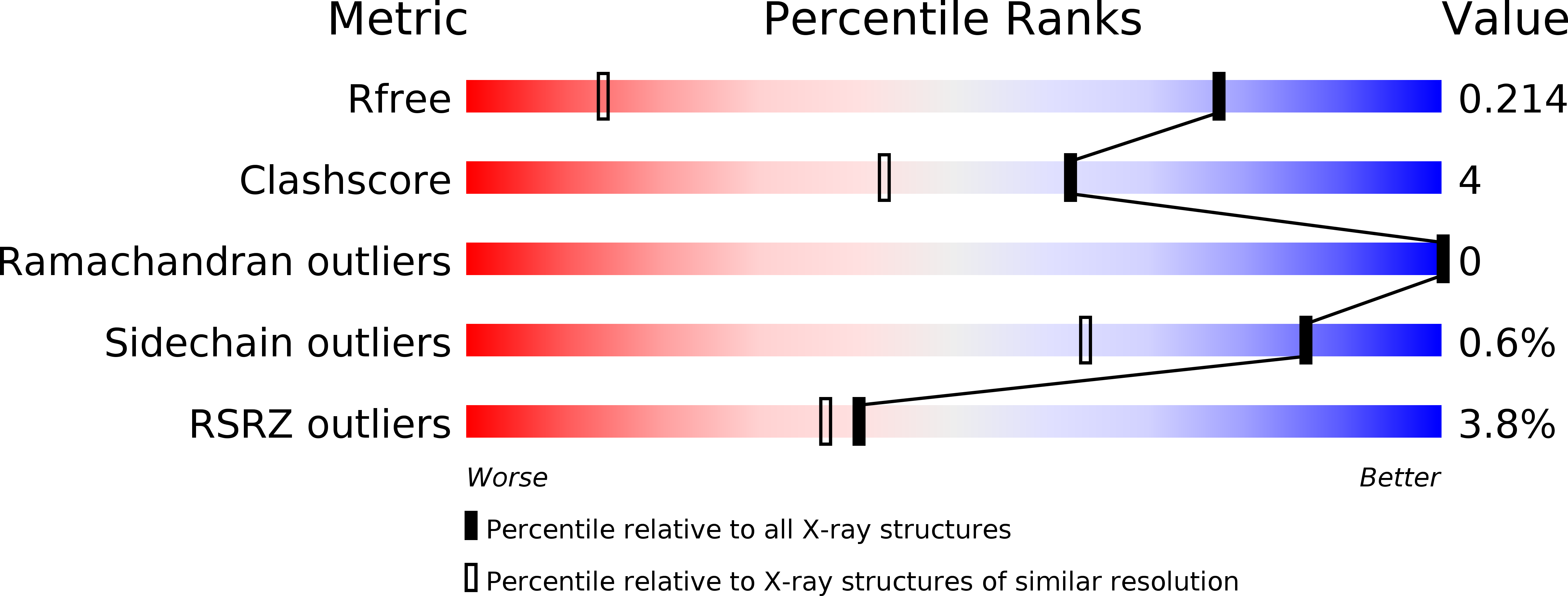
Deposition Date
2019-07-05
Release Date
2020-07-01
Last Version Date
2024-03-27
Entry Detail
PDB ID:
6KEY
Keywords:
Title:
Structural basis for the regulation of inducible nitric oxide synthase (iNOS) by the SPRY domain-containing SOCS box protein 2 (SPSB2)
Biological Source:
Source Organism:
Homo sapiens (Taxon ID: 9606)
Host Organism:
Method Details:
Experimental Method:
Resolution:
1.24 Å
R-Value Free:
0.20
R-Value Work:
0.18
R-Value Observed:
0.18
Space Group:
P 21 21 21


